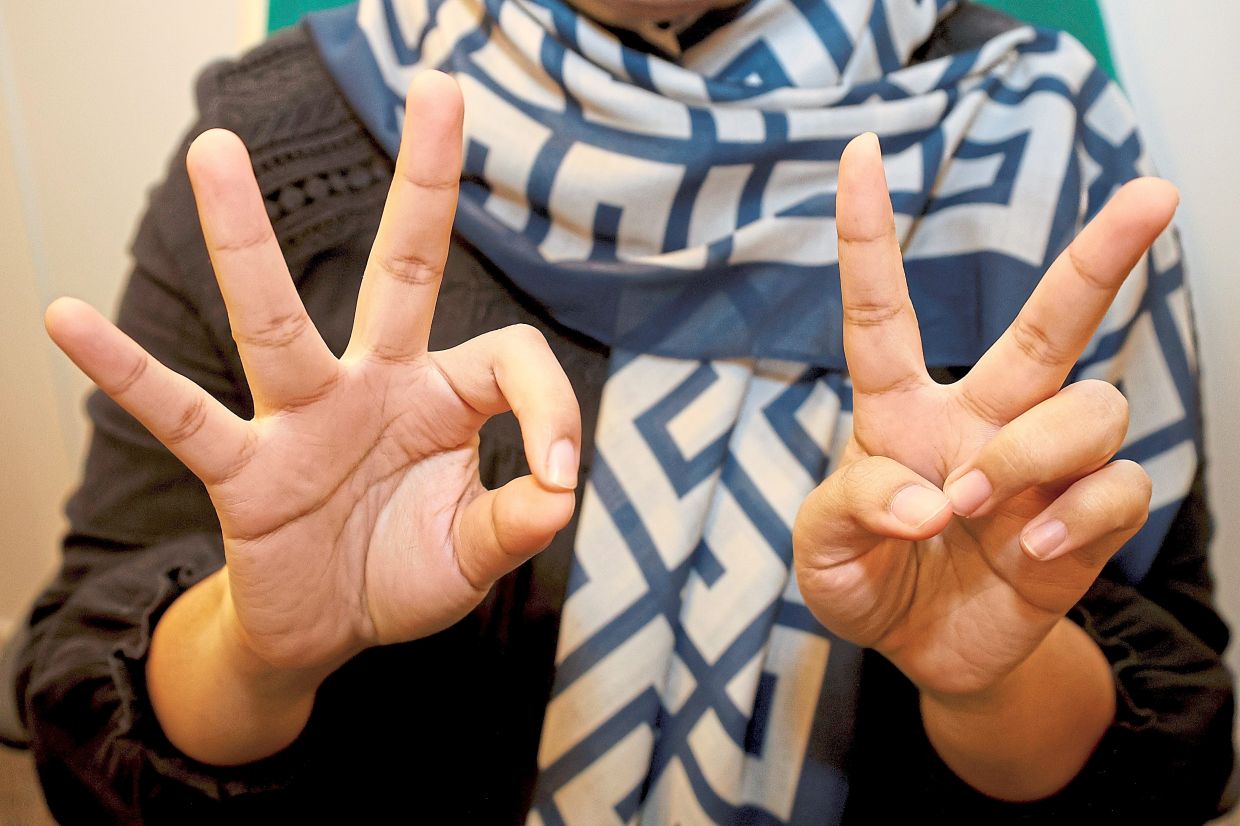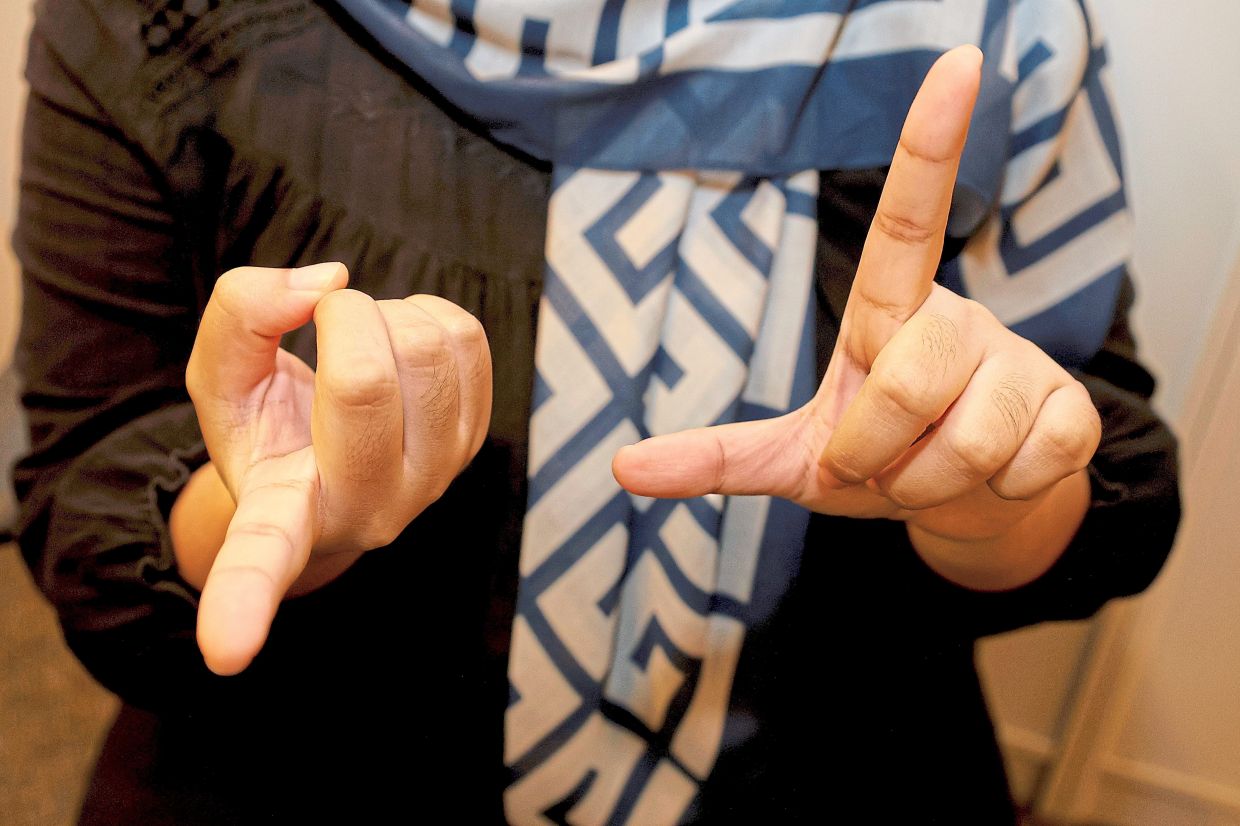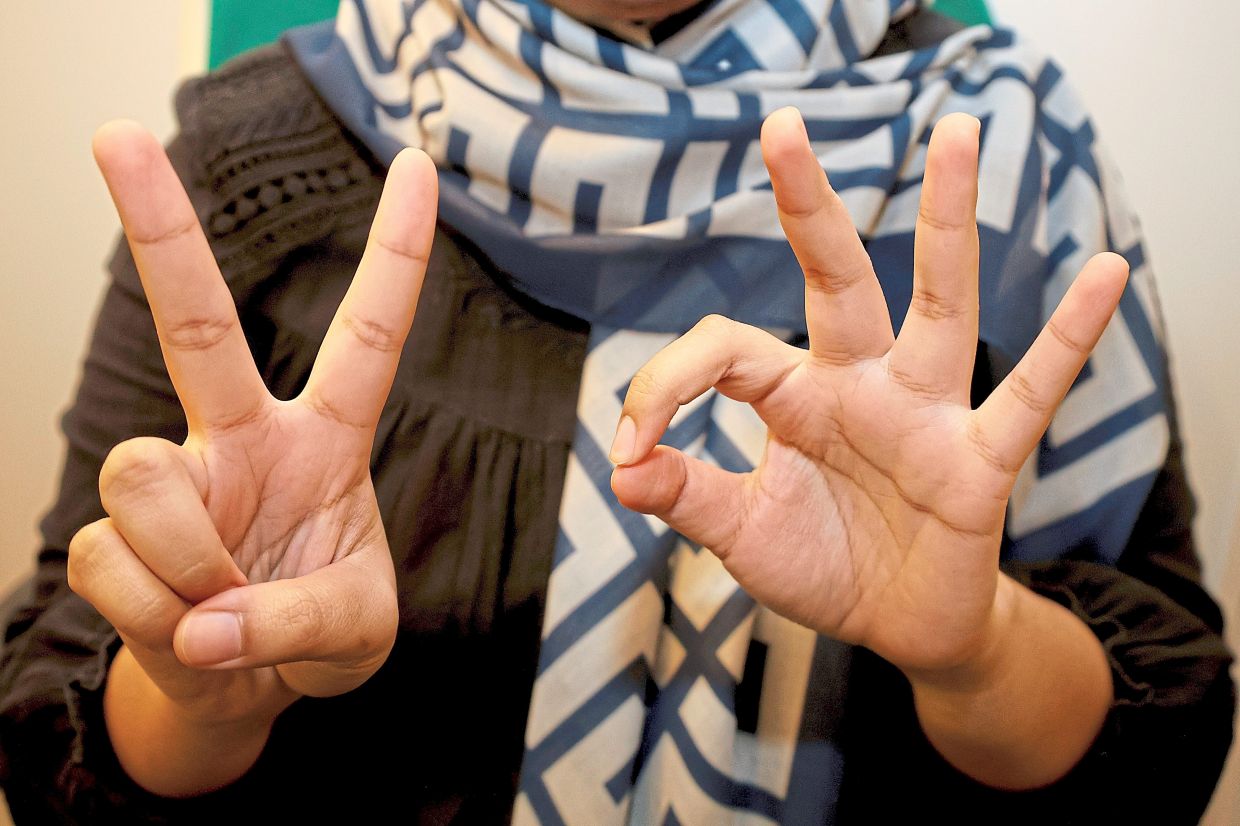Singapore tops global innovation ranking of over 70 countries
Singapore tops global innovation ranking
THE republic has been named the world’s most innovative country, taking first place in a ranking of nations based on wide-ranging indicators such as workforce education level and new business creation rate.
It overtook the United States to top the latest Global Innovation Scorecard, a biennial ranking of 74 countries and the European Union that the Consumer Trade Association (CTA), a US trade body, has tabulated since 2019.
Out of 25 countries that were named global innovation champions, Singapore received the highest composite score, a jump from its 15th position in 2023.
Rounding off the top five innovative countries were the United States, New Zealand, Sweden and Switzerland.
Singapore was presented with the Global Innovation Champion award on Thursday at CES, the world’s largest tech fair where companies showcase their latest products and prototypes, in Las Vegas.
The exhibition, formerly known as the Consumer Electronics Show, concluded yesterday.
CTA said its scorecard measures countries on the basis of their political, economic and demographic realities to see how well-placed they are to fuel tech innovation, with the latest edition evaluating countries on a wider range of metrics than before.
While the 2023 scorecard had 40 indicators, the latest one had 56, comprising a range of data sources from agencies such as the World Trade Organisation, the World Intellectual Property Organisation and the United Nations Conference on Trade and Development.
Singapore achieved top scores in four of the 16 categories measured: business environment resilience and data transparency; the pro-innovation nature of its legal environment; its friendliness towards start-ups and small businesses; and its tax policies for companies.
It also scored well in other categories, such as the ethnic and immigrant diversity of its workforce; openness to telehealth and cross-border data flows; and broadband speeds.
CTA chief executive officer Gary Shapiro said that the scorecard looked at whether countries have the conditions that catalyse their innovators to invent a better future.
“That means not just evaluating the investment in cutting-edge sectors or red tape for start-ups, but also recognising that countries that ensure freedom of speech create opportunities for workforce diversity and respect people’s fundamental freedoms.
“By celebrating the best of the best, our innovation champions, we encourage other countries to follow their lead,” he said.
As always, the countries that rank highest on the scorecard demonstrate the best of collaboration between government and industry, added Shapiro.
In a Facebook post on Thursday, Enterprise Singapore said the country is proud to be the highest-scoring innovation champion of all the countries evaluated.
“This top honour recognises Singapore’s skilled workforce, advanced broadband connectivity, entrepreneurial climate and openness to new technologies,” it said. — The Straits Times/ANN
Related news



















